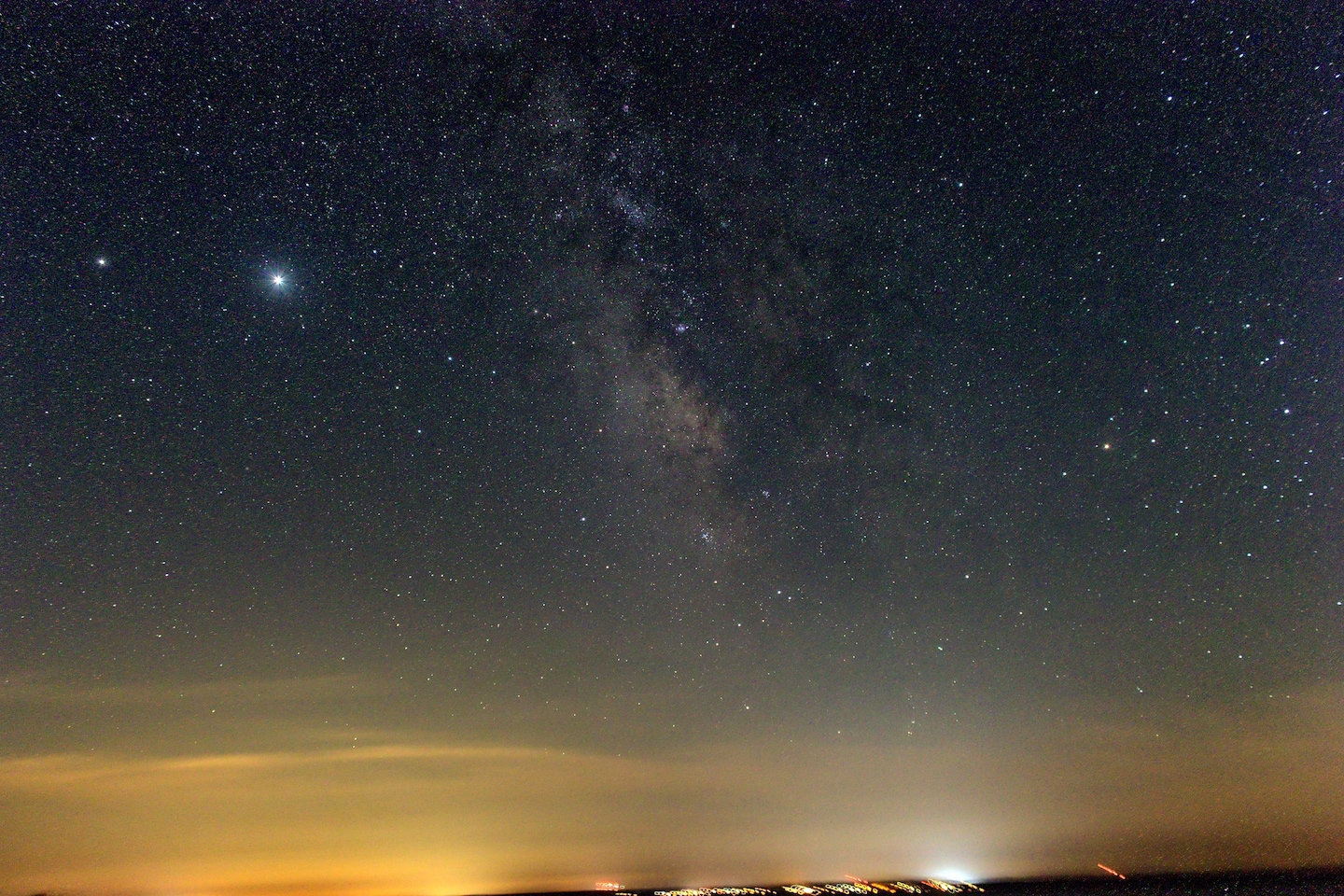Time: 2024-06-29
Summer nights in the northern hemisphere offer some of the best views of the sky, with the Milky Way arching across the horizon and Meteor showers lighting up the darkness. In 2924, the summer promises to be particularly spectacular for skywatchers, with various celestial events scheduled to grace the night sky.

One of the most anticipated events is the conjunction of Saturn and the Moon, set to occur in the pre-dawn hours on Thursday, June 27. This rare celestial alignment will be visible in the eastern sky, offering a breathtaking view of the ringed planet alongside Mars and Jupiter.
Another highlight of the summer sky is the Delta Aquariid meteor shower, which peaks on Tuesday, July 30. This meteor shower is expected to produce about 10-20 shooting stars per hour, with the best views likely in the southern U.S. States where the radiant point rises highest.
The Perseid Meteor Shower, the biggest and best meteor shower of the year, will light up the sky on Monday, August 12. With around 100 shooting stars per hour possible, this display is not to be missed. The peak of the shower coincides with a moon-free night, making it perfect for stargazing.
As the summer progresses, planets like Saturn, Mars, Jupiter, and Venus will make appearances in the morning and evening skies, offering skywatchers a chance to observe these heavenly bodies up close. Saturn, in particular, will reach opposition on Sunday, September 8, providing a unique viewing opportunity for those with telescopes.
The backdrop for all summer stargazing will be the luminous Milky Way, with its bright stars forming the Summer Triangle grouping. Binoculars or a telescope can help break up the star clouds and reveal the beauty of the galaxy in more detail.
Additionally, skywatchers can look forward to an extra full moon on Tuesday, September 17, which will also coincide with a partial lunar eclipse on the night side of Earth. This rare event will be visible from North and South America, Europe, Africa, and the Middle East, adding to the celestial wonders of the summer sky.
As the sun approaches its solar maximum in late 2024, the chances of seeing auroras across the planet increase, especially around the fall equinox. This makes the weeks around September 24 worth noting for potential aurora sightings, offering a captivating end to the summer skywatching season.